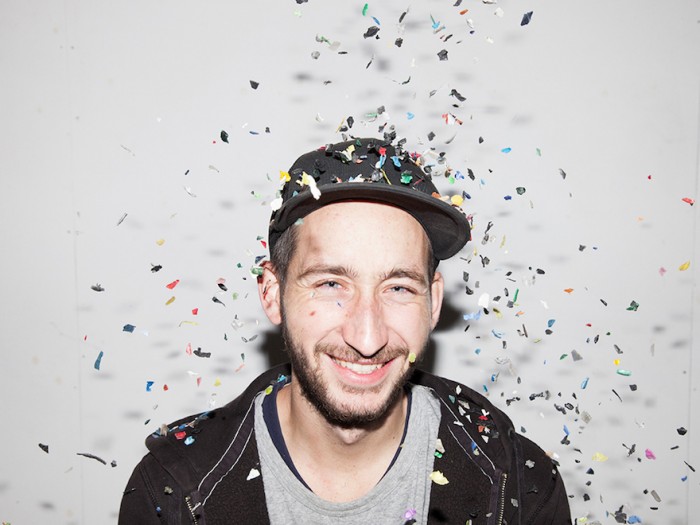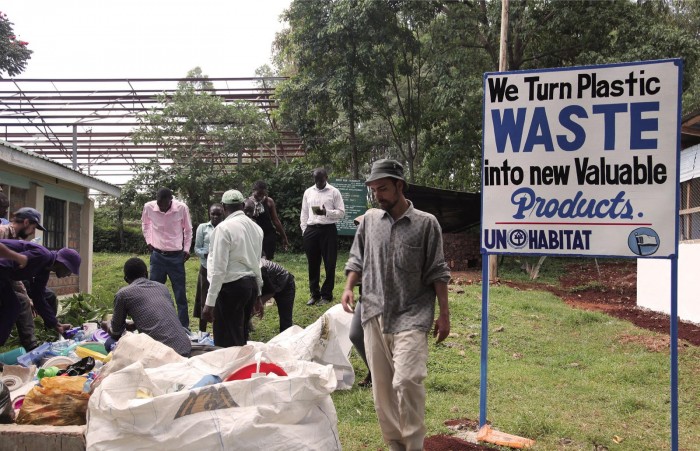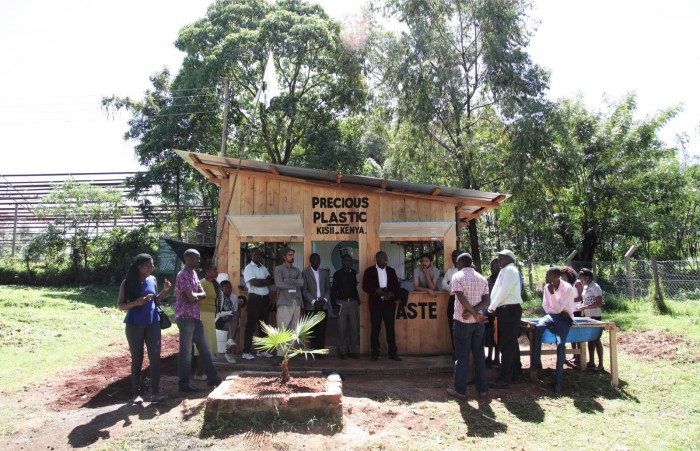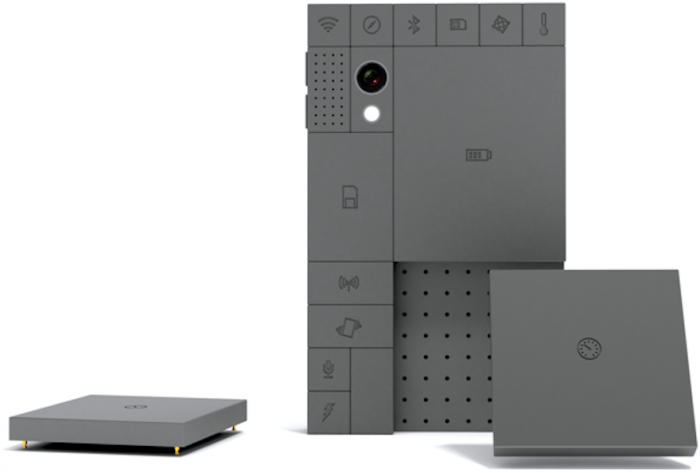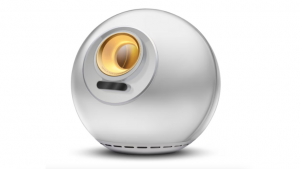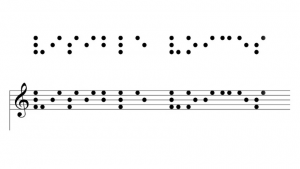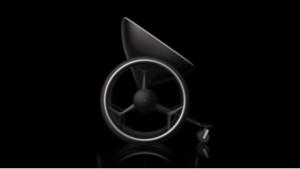It has been estimated that by 2050 there will be more plastic in the ocean than fish. In recent times, even whales have been found dead with plastic bags in their stomachs. Researchers estimate that five trillion pieces of plastic litter are afloat in the world’s oceans.
This is where Netherlands-based industrial designer Dave Hakkens comes in.
The designer is not only aware of the problem but trying to use design to address it. He first spoke at Design Indaba in 2014 and will be back on our stage again next year.
In his plastic recycling project, Precious Plastic, which is now in its third iteration, he makes detailed instruction videos to show people how to build their own recycling machines.
He's collaborated with other designers as well as people in developing countries to show that one does not need too many resources to make functional objects with plastic.
So far, he has won a D&AD award and the Eco Coin award from Next Nature Network for his work.
Hakkens believes that design and creativity can address complex problems: “To start up an idea is a powerful tool to use these days. A designer is able to bring people together by just sharing an idea or a potential solution.”
He makes an example of how another artform, documentary film, inspired him while studying at the Design Academy in Eindhoven, where he also lives. He watched the Story of Stuff and adds, “I think all those documentaries about problems really motivated me and had a big influence on what I’ve done."
His first pilot project was to set up a Precious Plastic workspace in Kisii town, a city near Lake Victoria in the North of Kenya. Using Precious Plastic machines and knowledge, the plastic recycling workspace offered a space to process materials and create value from plastic waste in the town, one of the regions with the highest youth unemployment in the whole of Kenya.
In partnership with the United Nations, the team worked for two weeks to renovate a shed to show the residents how to build a workshop and how to work with the recycled machines. The residents did not have a space available so worked to turn an old chicken shed into a work space.
In the end, he found this experience useful and had to adjust his plans frequently because of materials that were not available. “You constantly had to come up with a new solution due to the limited resources and I like that as a designer.”
The project proposed a small-scale solution to a local problem, with the underlying goal of encouraging replications across Africa and other parts of the world. The plastic recycling workspace was eventually handed over to the locals.
Another one of his projects, which he presented at Design Indaba in 2014 is Phoneblocks. This time turning his attention to e-waste, he designed the modular phone in a way that it was easily customisable making it easier for people to repair and upgrade instead of throwing it away.
The phone is made of detachable blocks that are all connected to the base and the base connects everything together.
For instance if your phone is getting slow you can just upgrade the block that affects the speed instead of throwing away the whole device as is the case with most cellphones. The idea behind the design is that you replace the part that is broken or in need of an upgrade instead of throwing it all away.
He said: "It’s not just designers making things but people can use their own knowledge even though they’re not really designers, they can still achieve things just by helping and using their creativity."
We cannot wait to hear what more he has been up to.


